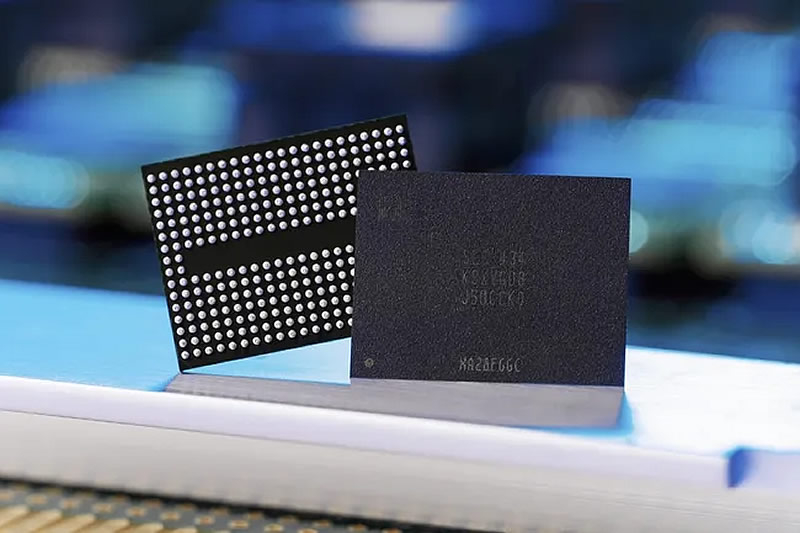With the advent of 3D flash memory technology, the capacity of SSD drives is growing rapidly, and the price per GB is steadily decreasing. IEEE predicts that SSD capacity will at least quadruple by 2029 thanks to the advent of 8-terabit NAND chips. And this trend will continue in the coming years, experts say.

Image Source: Samsung
As of 2024, devices with 2-Tbit QLC NAND memory are already available, which are used in many modern SSDs with a capacity of 4 and 8 TB. According to the IEEE (Institute of Electrical and Electronics Engineers) roadmap, devices with 4 Tbit NAND chips will enter the market by 2027, which will double the capacity of SSDs. By 2029, the introduction of 8 Tbit NAND devices is expected, so we will get a fourfold increase – up to 16 or even 32 GB. Thus, we can expect that by 2028, consumer SSDs will be able to offer significantly more storage space.

Image source: IEEE
In terms of the number of active layers of NAND memory, technologies are now between 200 and 300 layers, depending on the manufacturer. However, IEEE experts believe that by 2027 the number of layers will reach 500 or more. However, Samsung and SK hynix are not shy about predicting the possibility of creating chips with more than 1,000 layers. However, IEEE approaches such forecasts conservatively, avoiding speculation.
Interestingly, the new IEEE roadmap uses the term “TLC+” instead of the usual QLC (four bits per cell) designation, which may hint at the possibility of penta level cells (PLC). In their report, experts emphasize that in order to achieve their goals, it is necessary to solve many technological and production problems, such as reducing cell sizes, increasing their density and increasing the efficiency of production processes.